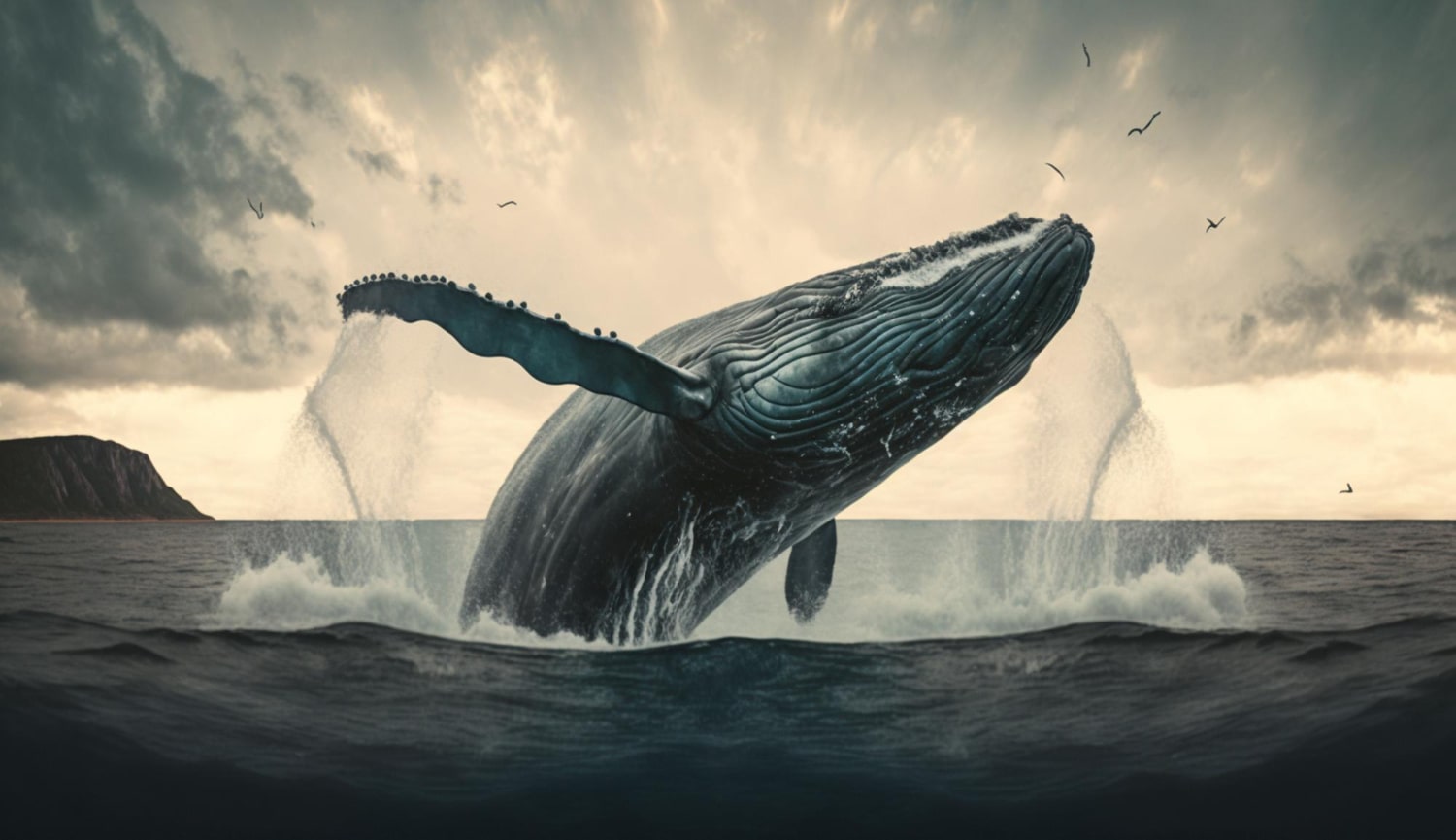
40 interesting facts about blue whales
- 👁️ 370
Blue whales are magnificent marine mammals known for their immense size and grace. As the largest creatures ever to have lived on Earth, they dwarf even the mightiest of dinosaurs. Despite their enormous size, blue whales primarily feed on tiny shrimp-like animals called krill. They can be found in oceans around the world, from the Arctic to the Antarctic. Sadly, these gentle giants are currently listed as endangered, mainly due to hunting in the past. Here are more than 40 fascinating facts about blue whales:
- Blue whales can grow up to 100 feet (30 metres) in length.
- They can weigh as much as 200 tons, making them the largest animal on the planet.
- Despite their size, blue whales feed almost exclusively on krill.
- A blue whale’s tongue alone can weigh as much as an elephant.
- They have the largest heart of any animal, weighing up to 400 pounds (180 kilograms).
- Blue whales can consume up to 4 tons of krill in a single day.
- Their calls are the loudest of any animal, reaching up to 188 decibels.
- Blue whales can live for over 90 years, though some have been known to live even longer.
- They are capable of swimming at speeds of up to 20 miles (32 kilometres) per hour.
- Blue whales give birth to the largest offspring of any animal, with newborns weighing up to 2.7 tons.
- A blue whale’s pregnancy lasts around 11 months.
- Their blowholes are large enough for a small child to crawl through.
- Blue whales do not have teeth; instead, they have baleen plates to filter feed krill.
- They are capable of travelling thousands of miles during migration, without feeding.
- Blue whales have been observed swimming in nearly all the world’s oceans.
- Their populations were severely reduced during the whaling era, with estimates of over 300,000 killed.
- Blue whales often surface to breathe every 10 to 20 minutes, but they can hold their breath for up to 30 minutes.
- They are classified as baleen whales, which include the largest species of whales.
- The blue whale’s scientific name is Balaenoptera musculus.
- Blue whales have few natural predators, with the primary threats being large sharks and killer whales.
- Their skin is covered in a pattern of light spots, called mottling, which is unique to each individual.
- Blue whales can communicate with each other over vast distances using low-frequency calls.
- Despite their name, blue whales are more of a greyish-blue colour.
- They are known to produce a variety of vocalisations, including groans, moans, and pulses.
- Blue whales are solitary animals and are rarely seen in large groups.
- Their blood vessels are so wide that a human could swim through them.
- Blue whales are known to roll onto their sides when feeding, often rotating 360 degrees.
- They have been classified as endangered by the International Union for Conservation of Nature (IUCN).
- Blue whales are protected under international law, and hunting them is illegal in most countries.
- They are capable of diving to depths of over 500 feet (150 metres) when searching for food.
- Blue whales are believed to use magnetoreception to navigate during migrations.
- They sometimes feed by lunging into dense groups of krill, taking in enormous mouthfuls of water and prey.
- The primary threat to blue whales today is ship strikes and entanglement in fishing nets.
- A blue whale’s lung capacity is over 5,000 litres.
- Their flippers can be up to 13 feet (4 metres) long.
- Blue whales are known to breed with other species of whales, such as fin whales, producing hybrid offspring.
- Despite their massive size, they are challenging to study in the wild due to their elusive nature.
- Their feeding habits are seasonal, often corresponding to the blooming of phytoplankton, which krill feed on.
- Blue whales have the ability to create strong bonds with other individual whales, sometimes lasting for years.
- The blue whale’s genome has been sequenced, providing insights into their longevity, size, and unique physiological characteristics.
Blue whales are creatures of immense wonder and intrigue, showcasing the extremes to which life on Earth can evolve. Their sheer size, unique feeding habits, and mysterious behaviour continue to capture the imagination of scientists and ocean enthusiasts alike. Despite their grandeur, blue whales remain vulnerable and require ongoing conservation efforts to ensure their survival. The more we learn about these gentle giants, the more we come to appreciate the delicate balance of the marine ecosystem and our responsibility to protect it.
Blue whales are magnificent marine mammals known for their immense size and grace. As the largest creatures ever to have lived on Earth, they dwarf even the mightiest of dinosaurs. Despite their enormous size, blue whales primarily feed on tiny shrimp-like animals called krill. They can be found in oceans…